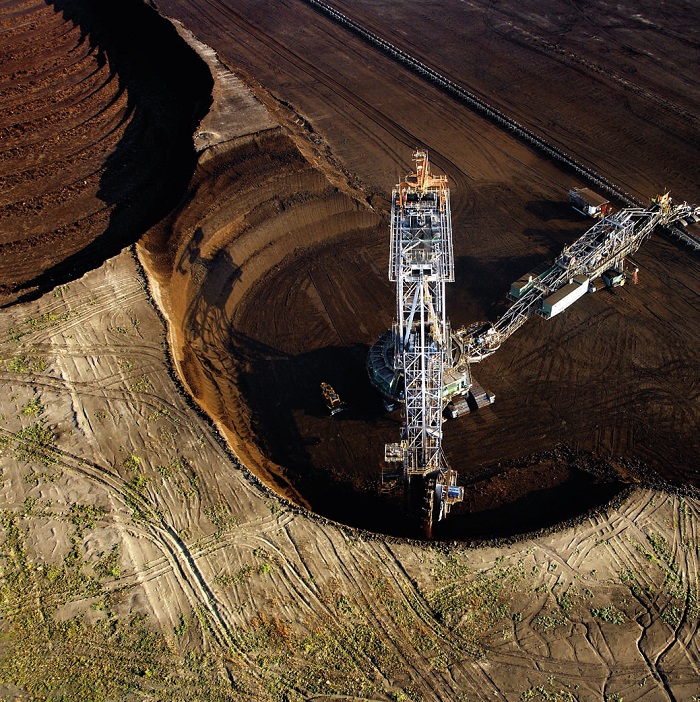Lignite output and combustion has a significant effect on the environment causing: landscape alterations, changes in ground and surface water status, risk of seismic events (in Poland this is the case of the Bełchatów Mine only) and air pollution as a result of particulates emission from mining operations.
Lignite combustion produces emission of gas and particulates to the atmosphere. In fact, lignite emits the largest amounts of carbon dioxide among all fossil fuels. The lignite-fired plants take a number of steps to minimize the environmental impact. For example, all units in Bełchatów Power Plant are fitted with flue gas desulphurisation (FGD) installations so that sulphur oxide emissions have been reduced by over 85%. Power plant boilers are equipped with electrostatic precipitators that have a collection efficiency of 99.6%. Moreover, nitrogen oxide emissions have been cut by approximately 40%. The Bełchatów Power Plant complies with all national and EU environmental requirements.

Source: Archiwum KWB Bełchatów
Opencast mining requires overburden removal and drainage of water. In 2014, 275 million tonnes of overburden (4.3 m3 of overburden per 1 tonne of mineable produced) were removed at four largest Polish mines of lignite. Over 495 million cubic metres of water were drained out of the mines the same year (on average, 1.5 m3 water per 1 m3 of extracted product).

POST-MINING AREAS ARE RECLAIMED TO MINIMISE THE EFFECTS OF EXPLOITATION
Source: Archiwum KWB Bełchatów








